The destruction of Hastings Pier by fire in 2010 presented an opportunity to reimagine the concept of a pier for the modern era, moving away from its commercialized past in the 20th century. Led by dRMM Architects, the redevelopment aimed to create a versatile platform capable of accommodating a diverse range of activities and events, from local fishing to international markets, while honoring the spirit of conceptual architecture.
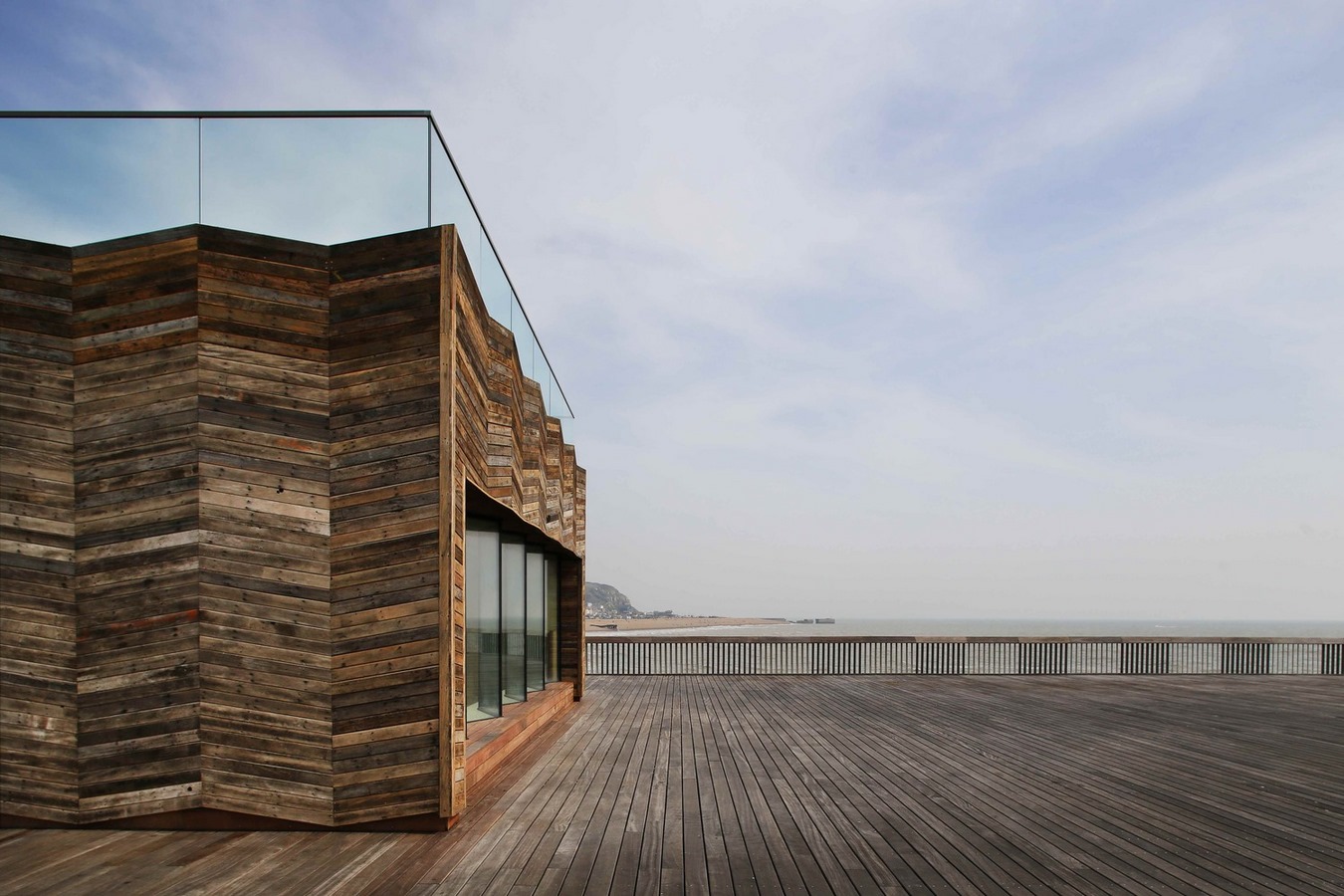
Phase One Regeneration: Building a Strong Foundation
The initial phase of regeneration focused on restoring the pier up to deck level, addressing the structural and foundation damage caused by fire, sea, and storms through extensive repairs funded by the Heritage Lottery Fund (HLF). This investment of £9 million laid the groundwork for further development, including the construction of two buildings. The first building, a Victorian Pavilion transformed into a modern, fully-glazed restaurant, stands as a testament to the pier’s evolution.
Innovative Structures: Embracing Sustainability
Central to the revitalization effort is the new Visitor Centre, constructed from cross-laminated timber and creatively clad in reclaimed decking. This innovative structure not only replaces the weakened central section of the pier but also provides adaptable space for events, exhibitions, and education initiatives. Designed with sustainability in mind, the Visitor Centre features an elevated rooftop belvedere and reclaimed timber deck furniture, contributing to a local employment initiative.
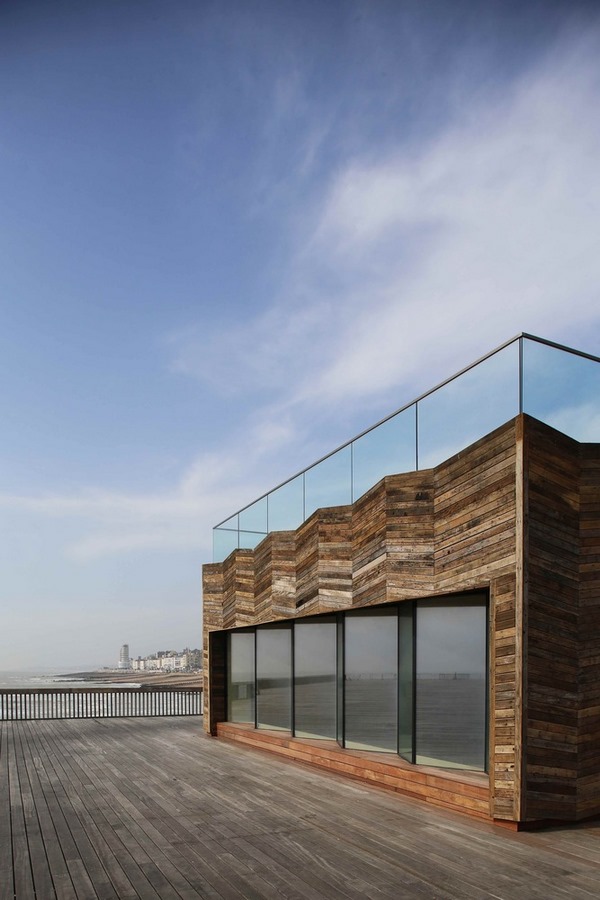
Seamless Integration: A Continuation of the Promenade
Hastings Pier seamlessly extends the promenade, offering a large public open space that enhances the experience of walking on water. The design incorporates a louvred balustrade and high-quality timber deck, enhancing the visual appeal while preserving the natural beauty of the seaside town. As a catalyst for urban regeneration, the new pier embodies flexibility, sustainability, and a deep connection to its surroundings, serving as a symbol of Hastings’ resilience and revival.

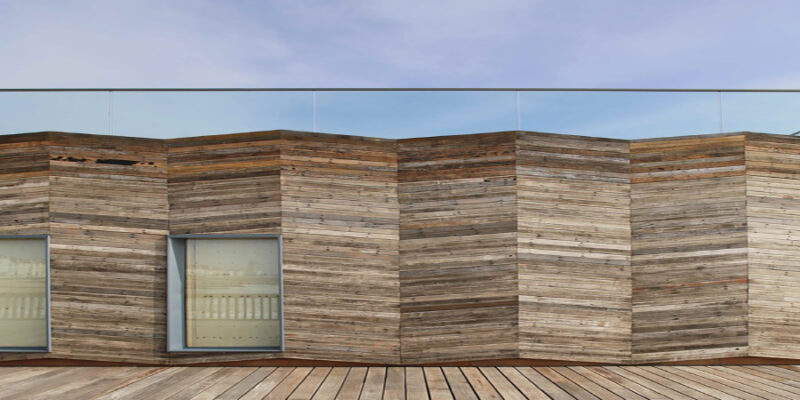

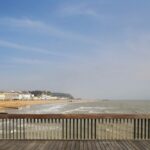

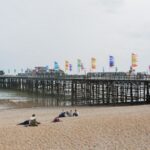

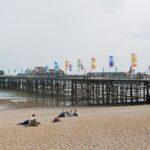



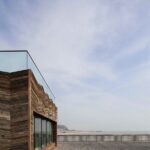
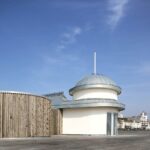


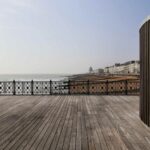
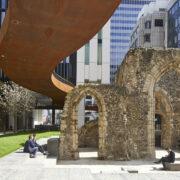
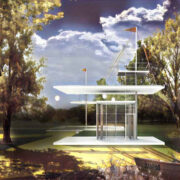

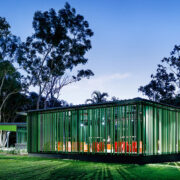
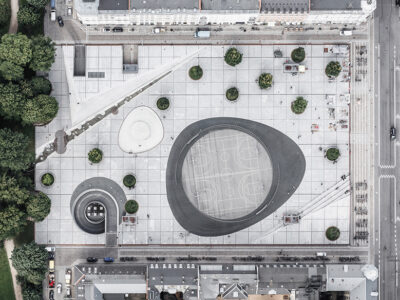



Comments